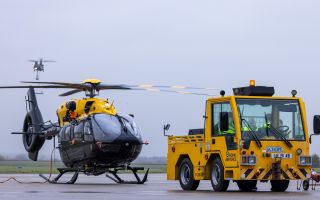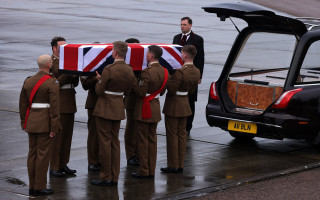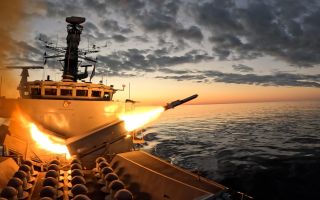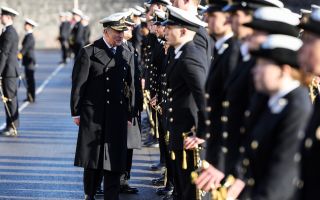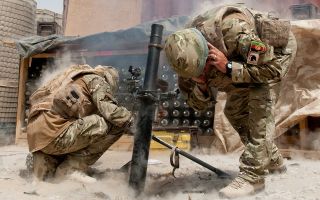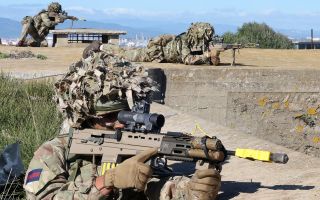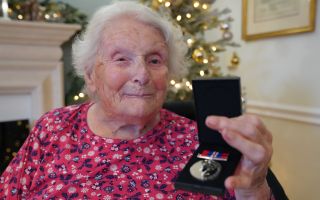Spooking sailors at sea: US Navy's first 'Ghost Ship' undergoes first trials at sea
Halloween is upon us, and DARPA's USX-1 Defiant embodies the spirit of the season as it glides through the water like a ghost ship, with not a soul on board.
Defiant is the first naval surface vessel ever built to operate without room or provision for human crew.
Part of the No Manning Required Ship (NOMARS) program, it marks a new chapter in maritime innovation. It's a first-in-class – and according to DARPA, the US government's defence research body, it's the first of many.
At 55 metres long and 240 metric tonnes in weight, the vessel was constructed at Everett Ship Repair in the US state of Washington.
After being christened as per tradition by smashing a bottle on her hull, she's now undergoing extensive sea trials.
These have included high-speed manoeuvres at almost 20 knots, automated harbour entries and dockings and refuelling at sea. Water was used in place of fuel for safety.
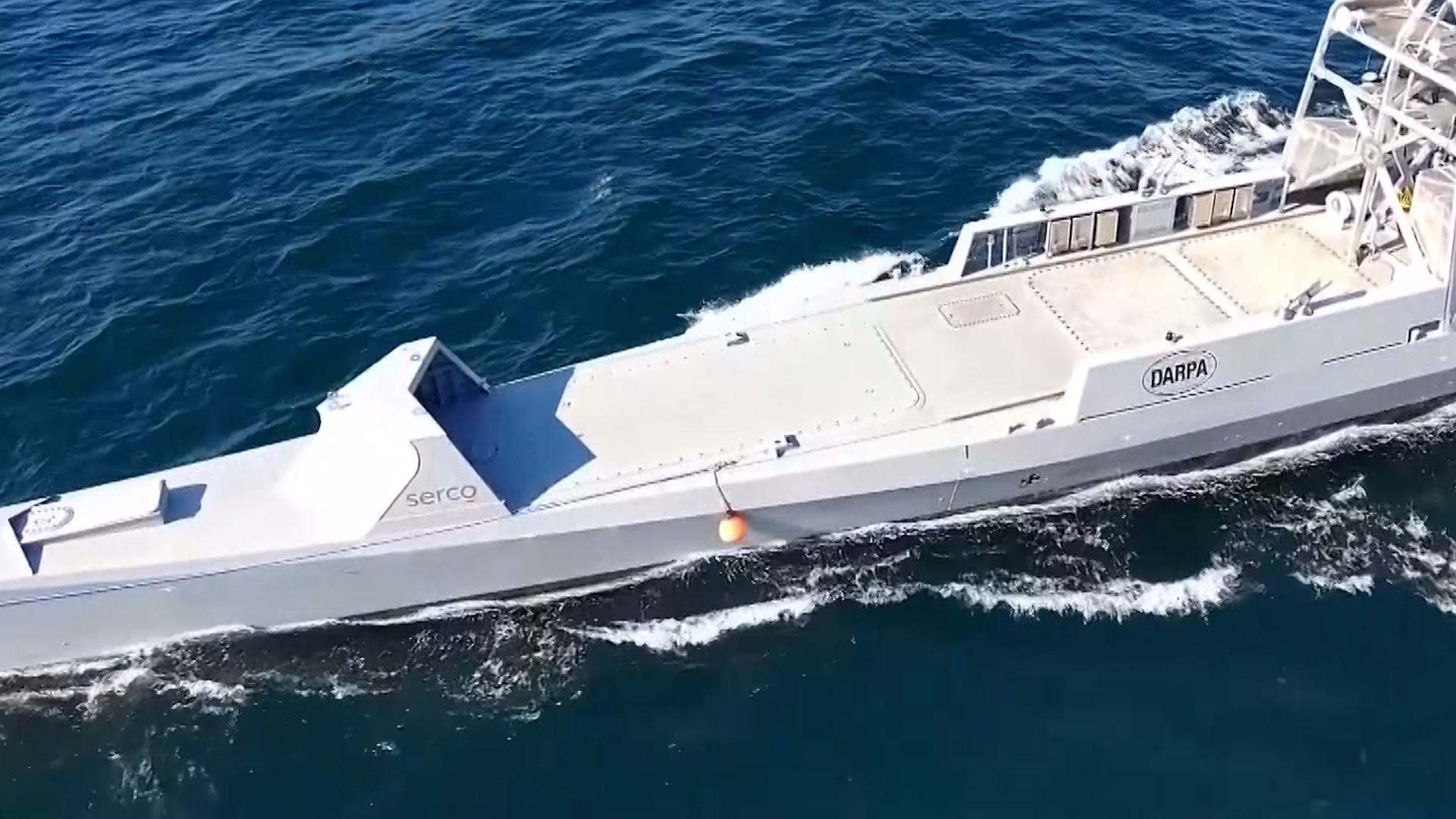
During her first open-ocean voyage, the ship travelled more than 1,100 nautical miles to Port Hueneme, California, in five days.
By removing the need to accommodate humans, vessels can be more compact, cheaper, and quicker to build.
One disadvantage, of course, is that if anything goes wrong, there are no humans on board to fix them, and a vessel could be hundreds of miles from shore.
"Defiant is a tough little ship and defies the idea that we cannot make a ship that can operate in the challenging environment of the open ocean without people to operate her," NOMARS Programme Manager Greg Avicola said.
"While relatively small, Defiant is designed for extended voyages in the open ocean, can handle operations in sea state 5 with no degradation and survive much higher seas, continuing operations once the storm passes.
"She's no wider than she must be to fit the largest piece of hardware and we have no human passageways to worry about."

